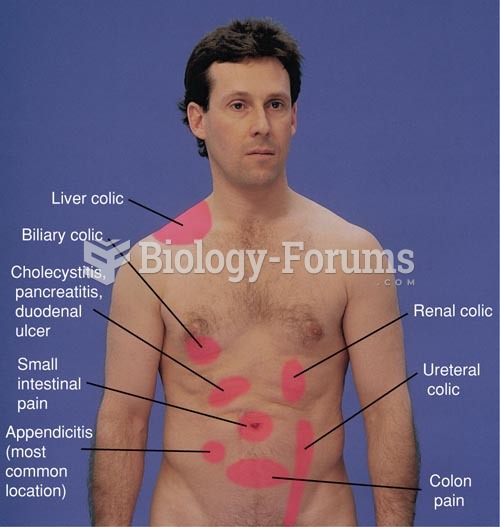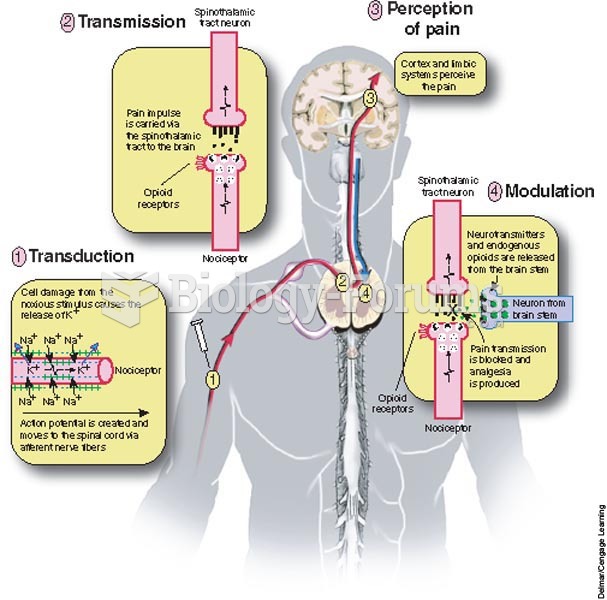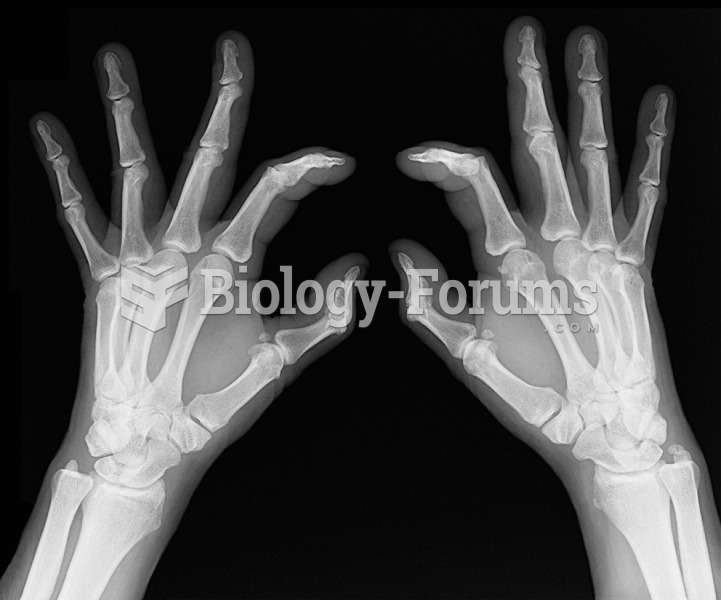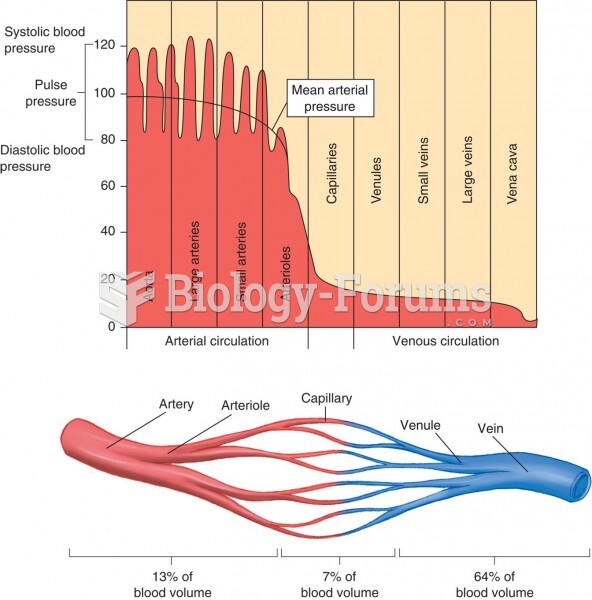Answer to Question 1
Correct Answer: 1,2,3,4
Rationale 1: Walking helps maintain joint flexibility in the client with osteoarthritis.
Rationale 2: Improving the strength of the quadriceps muscle will enhance the ability to perform activities of daily living.
Rationale 3: Bracing may help keep joints positioned correctly and relieve pain.
Rationale 4: Weight reduction helps if the weight-bearing joints such as the hip and knee are affected.
Rationale 5: Joint replacement surgery does not need to be done as soon as possible, although it may be necessary if other interventions are not successful.
Global Rationale: Walking helps maintain joint flexibility in the client with osteoarthritis. Improving the strength of the quadriceps muscle will enhance the ability to perform activities of daily living. Bracing may help keep joints positioned correctly and relieve pain. Weight reduction helps if the weight-bearing joints such as the hip and knee are affected. Joint replacement surgery does not need to be done as soon as possible, although it may be necessary if other interventions are not successful.
Answer to Question 2
Correct Answer: 1,2,3
Rationale 1: In the skin, cholecalciferol, the inactive form of vitamin D, is synthesized from cholesterol. Exposing the skin to sunlight or ultraviolet light increases the level of cholecalciferol in the blood.
Rationale 2: Cholecalciferol, the inactive form of vitamin D, can be obtained from dairy products such as milk.
Rationale 3: Cholecalciferol, the inactive form of vitamin D, can be obtained from foods fortified with vitamin D.
Rationale 4: Red meat would not help with a vitamin D deficiency.
Rationale 5: Leafy greens are not an important source of vitamin D.
Global Rationale: In the skin, cholecalciferol, the inactive form of vitamin D, is synthesized from cholesterol. Exposing the skin to sunlight or ultraviolet light increases the level of cholecalciferol in the blood. This substance can also be obtained from dairy products and food fortified with vitamin D. Red meat and leafy greens are not good sources of vitamin D.







